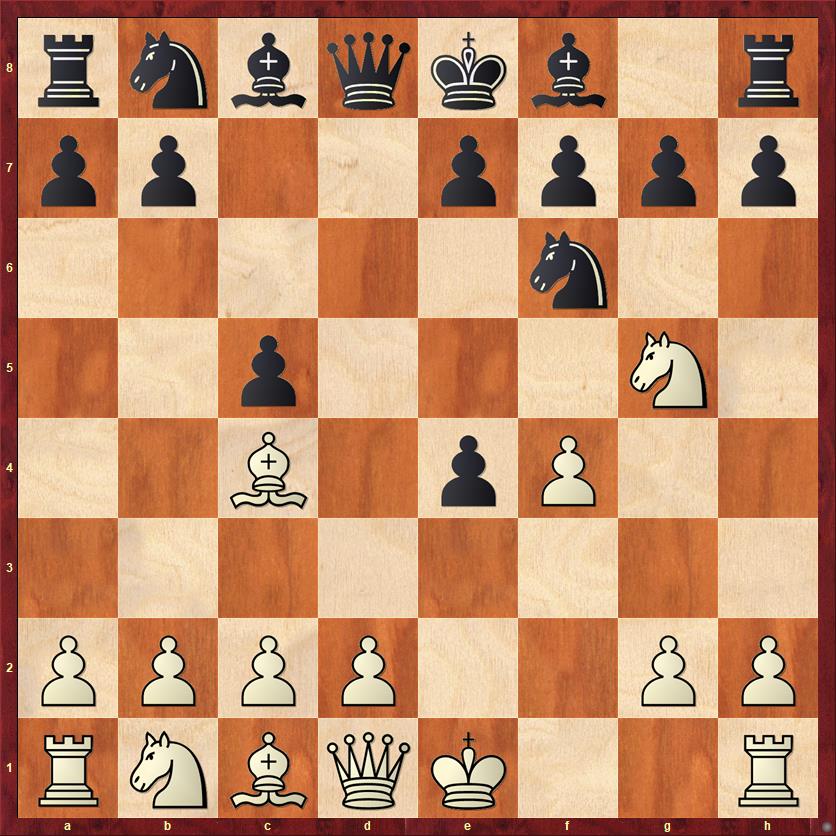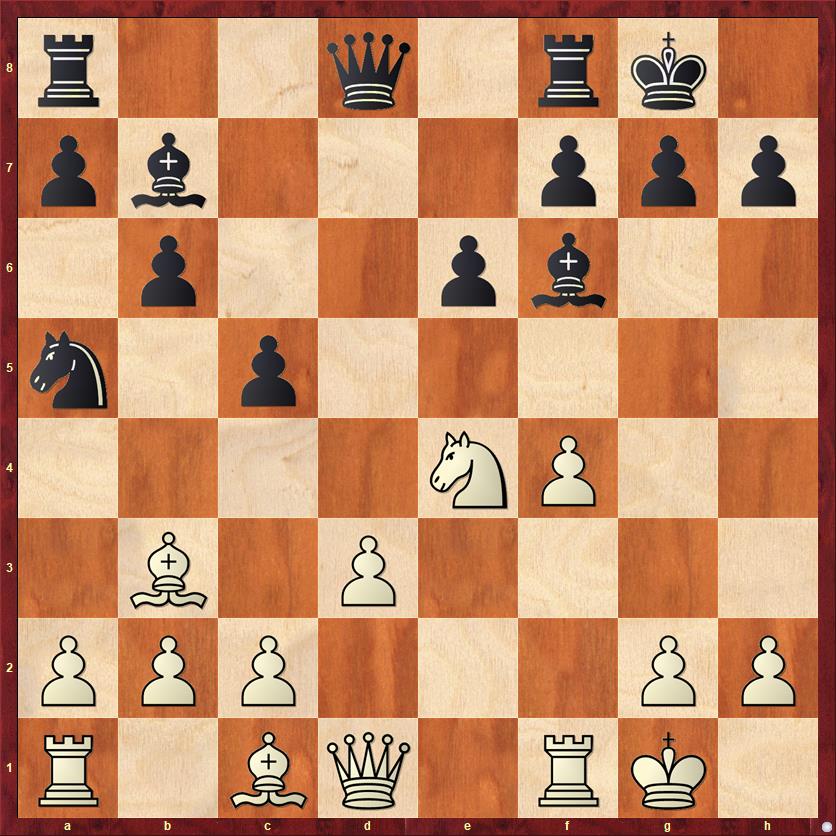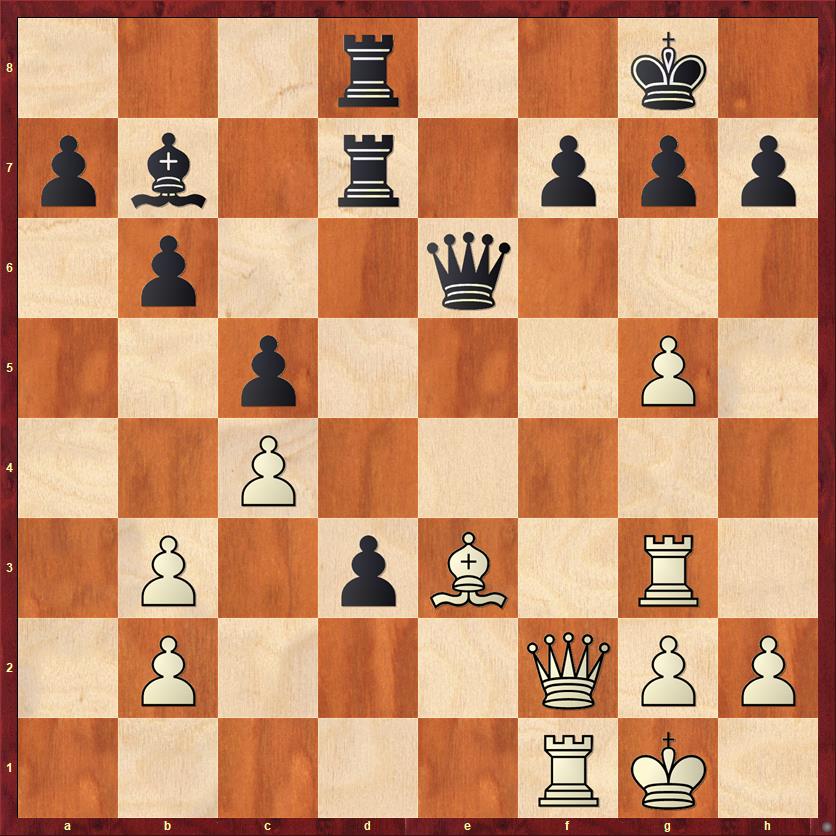During the pandemic I wrote a long retrospective of my chess career, in which I analyzed one game from each of my 50 years of tournament chess. Actually, I had to make a couple of exceptions, because there were two years when I didn’t play any games and a couple more years where I couldn’t narrow down my choice to just one game.
I had intended to end my retrospective with Year 50, which would have been 2021, but an unfortunate thing happened: the pandemic didn’t go away as quickly as we had hoped. And even when some in-person tournaments started again, I didn’t feel physically up to playing yet. So my series of posts petered out at Year 49, with no grand finale. There were no games from 2021 for me to analyze.
But now I can finally bring the series to a close, because I played last weekend in the 2021 CalChess State Championship — officially a 2021 tournament, even though it was played in 2022! It was a make-up for the championship that would ordinarily have been played on Labor Day weekend, but was postponed due to the pandemic. Also, it might be worth pointing out that we are still, technically, within my 50th year of tournament chess. My first tournament was the Indiana Closed State Championship, which began on June 17, 1972. So my 50th anniversary of tournament chess will be two weeks from now.
I’ve decided to make my final entry in this series a two-parter. Chess is always about agony and ecstasy, and somehow the two seem to equalize over a long enough time. You can’t have White without Black, and you can’t have ecstasy without agony. The two games I’ll show you are also very much related to each other. The “ecstasy” game is a Bryntse Gambit accepted, and the “agony” game is a Bryntse Gambit avoided.
Of course, anyone who knows me or this blog knows that the Bryntse Gambit, with its sacrifice of a queen on move 6, is my favorite opening in chess. Whether I win or lose, the game is guaranteed to be an adventure. And one of the best things about it is that there are no books. No grandmaster analysis to guide you. Every game is a theoretical novelty. It’s like playing chess in the 1800s, when everything was new. So even though I lost the game I’m going to show you today, it was a great learning experience.
My opponent in this game was Advay Bansal, age 12, rating 2118, the #15 twelve-year-old in the country. When I actually stop and think about those numbers, it’s absolutely unbelievable. Chess has changed so much over the last fifty years. When I started out in 1972, there weren’t any twelve-year-olds with 2118 ratings. Heck, there was only person in all of Indiana with a rating that high, and he was probably 50 years old. His name was Ed Vano, and he won the first tournament I played in. Also: There weren’t any computers. You couldn’t get online and look up the top 100 twelve-year-olds, as I just did. You couldn’t get online and look up your post-tournament rating just three days after the tournament ended, as I just did. Generally speaking, you had to wait about six months for your rating to update.
Okay, back to the present!
Dana Mackenzie — Advay Bansal, 5/30/2022
1. e4 c5 2. f4 d5 3. Nf3 de 4. Ng5 Nf6 5. Bc4 …

FEN: rnbqkb1r/pp2pppp/5n2/2p3N1/2B1pP2/8/PPPP2PP/RNBQK2R b KQkq – 0 5
The move 3. Nf3 is sometimes called the Batavo Gambit, for reasons I don’t know, but the inventor of the idea of 4. Ng5 and 5. Bc4 was Arne Bryntse, a Swedish correspondence player in the 1960s, and I always call it the Bryntse Gambit in his honor. Black has a huge choice to make here. Should he play 5. … Bg4, attacking White’s queen but exposing Black’s king to a dangerous attack? Or should he calmly defend with 5. … e6?
All of the excitement comes, of course, if Black accepts the dare and plays 5. … Bg4. We’ll see this in the second installment, the “ecstasy” part of this post. By contrast, I’ve always thought that 5. … e6 led to a rather boring equality. For that reason, I didn’t study it as carefully as I should have.
This game with Bansal was a huge wake-up call. White actually has to be careful to avoid a disadvantage. If I truly believed that White stands worse after 5. … e6, then I would probably have to give up on the Bryntse. I’m not quite there yet, but let’s say that my faith is shaken.
5. … e6! 6. Nc3 Nc6 7. Ngxe4 …
A more enterprising move is 7. Ncxe4, offering a pawn sacrifice after 7. … h6 8. Nxf6+ Qxf6 9. Ne4. I’ve never been sure whether White really has compensation for the pawn after 9. … Qxf4 10. d3. However, when I went over this game on my computer, Fritz found a very strong improvement for Black. Instead of 9. … Qxf4, Black should play 9. … Qg6!, which almost forces 10. Ng3, and then after 10. … h5! 11. O-O h4! 12. Ne2 I have to agree with the computer that the position strongly favors Black. White’s development is confused and White’s kingside is already compromised. I have to conclude that 7. Ncxe4? is unplayable. But taking with the g5 knight is also not ideal. I would rather wait until Black chases me with … h6, which would create an attackable weakness. But there just don’t seem to be any other good developing moves, so 7. Ngxe4 looks like an unfortunate necessity.
7. … Be7 8. d3 O-O 9. O-O b6
In a nutshell, here is White’s problem: Black’s light-squared bishop has a beautiful diagonal leading from a8 to h1. White’s light-squared bishop is doing nothing on the a2-g8 diagonal and has no way to get back to the kingside and oppose Black’s bishop on the a8-h1 diagonal. Even if all of the other pieces are equal, this disparity in the power of the two bishops gives Black a more comfortable position.
10. Nxf6+ Bxf6 11. Ne4 Na5 12. Bb3 Bb7

FEN: r2q1rk1/pb3ppp/1p2pb2/n1p5/4NP2/1B1P4/PPP3PP/R1BQ1RK1 w – – 0 13
Here is where I think I made my one mistake.
13. c3?! …
This critically weakens my light squares and puts me on the defensive for the rest of the game. The main question White has to answer is: how can I finish developing my queenside without playing c2-c3? It’s not easy! Step one is that I have to get rid of Black’s dark-squared bishop, with 13. Nxf6+ Qxf6. I ended up making this trade later anyway, and under worse circumstances. Step two is the hardest to see: 14. Rf2! White has to anticipate that the c2 pawn will need to be defended. From here, White’s plan is to play Qe1, threatening Qe5, and if Black stops that, the plan is to play Bd2 and Bc3. For example, if 14. … Rfd8 15. Qe1 Nxb3 16. ab Rd5 17. Bd2! The b-pawn is poisoned, because 17. … Qxb2? 18. Bc3 would trap the queen. (This is why I had to play Rf2 first — so that the queen couldn’t take on c2.) White will play Bc3 next move, and I think we can now say that chances are about equal because White’s bishop has found a diagonal that is just as good as the one that Black’s bishop is on.
By the way, I would welcome other ideas on how to get a reasonable position for White! After the move in the game, my position goes steadily downhill and I’m not sure how to salvage it.
13. … Nxb3 14. ab Be7 15. Be3 Qd7 16. Qc2 …
There are other possibilities, like 16. Qe2, but I don’t think they really solve White’s problems, which are structural in nature.
16. … Rfd8 17. Rfd1 Qc6 18. Ng5 …
Hoping to maneuver the knight to f3, but of course Black doesn’t allow that to happen.
18. … Bxg5 19. fg Rd7 20. Ra4?! …
I liked this move, which I thought was a really cool way to bring my bystander rook to the kingside, where it can defend g2 and perhaps participate in an attack on Black’s king. However, it didn’t take care of the bigger problem, the weak pawn on d3 and Black’s buildup of pressure in the center. A more principled defense for White is to get rid of the weak pawn right away with 20. d4!? Rad8 21. Qf2 e5 22. Rdc1. White has miraculously gotten out of all the pins without losing material. The computer says that Black still has the initiative and the advantage after 22. … f5, but at least this would have been a way to create a little chaos on the board. If you can’t equalize, obfuscate!
20. … Rad8 21. Rg4 e5 22. Rg3? …
A mistake, but realistically my position was going downhill anyway.
22. … e4 23. Qf2 ed 24. Rf1 …
I could have blockaded on d2, but I was actually hoping to tempt Black into advancing his pawn! I thought that … d3-d2 would just lose the pawn. I have to give my opponent all the credit in the world for figuring out a way to play that move without dropping the pawn.
24. … Qe6!
I feel like giving Black about eight exclamation points in a row. The combination he came up with, or perhaps maneuver would be a better word, is truly impressive. He doesn’t settle for being just a pawn ahead: he wants to blow me out of the water.
25. c4 …

FEN: 3r2k1/pb1r1ppp/1p2q3/2p3P1/2P5/1P1pB1R1/1P3QPP/5RK1 b – – 0 25
25. … d2!!
I couldn’t believe it. I thought this was a blunder.
26. Rd1 Qe4!
The first point: if I capture on d2 (either way) he will get a lethal check on b1. Nice! But I still thought he had gone in too deep.
27. Bf4 Qc2 28. Qe2 Be4!
Another bombshell. It looks as if 29. Re3 is just winning for White, but actually it’s winning for Black after 29. … Qxd1+!! 30. Qxd1 Bc2! Holy cow! But my opponent isn’t done yet.
29. Rc3 Qb2 30. Re3 …
Now that the queen has been deflected away from b2, isn’t this move winning? Well, it would be, except for one inconvenient problem.
30. … Qd4!
Pinning my rook, so it can’t take on e4. Even so, there is one more little twist that my opponent had to foresee.
31. Be5 …
Deflecting the queen once again.
31. … Qxe5 32. Rxe4 Qb8!
The only move. I am just stunned by this whole maneuver, Qc6-e6-e4-c2-b2-d4-e5-b8, all for the sake of winning a pawn. Either my opponent had to be incredibly brave, incredibly lucky, or incredibly foresightful (if that is a word). I don’t know which. By the way, when I say, “all for the sake of winning a pawn,” it was really more than that. The main point is that Black was able to maintain his pawn on d2, where it is a gigantic bone in my throat. Basically my rook on d1 is disabled, so I have to try to create counterplay with two pieces against three. I did the best I could, but realistically there was no way.
33. h4 Rd3
After his exquisite play in the preceding eight moves, my opponent almost blew it with the blunder 33. … Rd4? He put his rook on that square but didn’t take his hand off, and then I’m sure he saw that I would just trade rooks and win the d2 pawn, Black’s pride and joy. The rule is touch move but not touch square — he has to move the rook but he doesn’t have to move it to d4. Of course, after a little bit more thought he realized that d3 was much better. The rest of the game really doesn’t need any comment. I try to stir up the pot on the kingside but to no avail.
34. h5 Qd6 35. g6 hg 36. hg Qxg6 37. Re7 Qd6 38. Re8+ Rxe8 39. Qxe8+ Qf8 40. Qe2 Qd8 41. Kf1 g6 42. g4 Qd4 43. Kg2 Re3 44. Qxd2 …
The hollowest of hollow victories. He finally allows me to take the d2 pawn, but only because he is going to mate me in a few moves.
44. … Qxg4+ 45. Kf1 Rf3+ White resigns.
I am so impressed by Black’s smooth, mistake-free play all game long, and the way he ruthlessly seized his opportunity to play 25. … d2 and navigated through the complications afterward. I called this an “agony” game because it shines a harsh light on one of my favorite openings, but really it is also a pleasure to see a twelve-year-old playing such excellent chess.
The good thing is, for every agony there is an ecstasy! In my next post I will show you White’s revenge — a Bryntse Gambit where I get to sacrifice my queen and have all the fun.



{ 3 comments… read them below or add one }
I am not sure whether you played your opponent or your opponent + his phone.
Here’s a Bryntze declined game from 1987(!) on a GM(!!) level:
https://www.365chess.com/game.php?gid=2191344
I hope your results this tournament didn’t discourage you from playing more OTB! It would be great to see more of you at Bay Area events.
Impressive play from your opponent to find this creative Qe4-c2 maneuver and realize that it was possible!